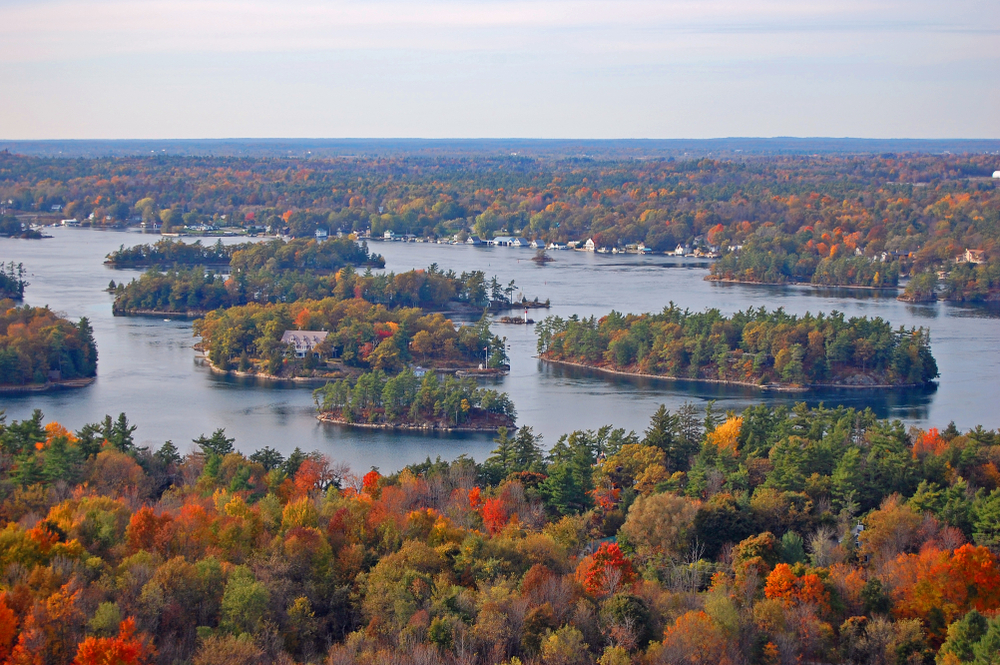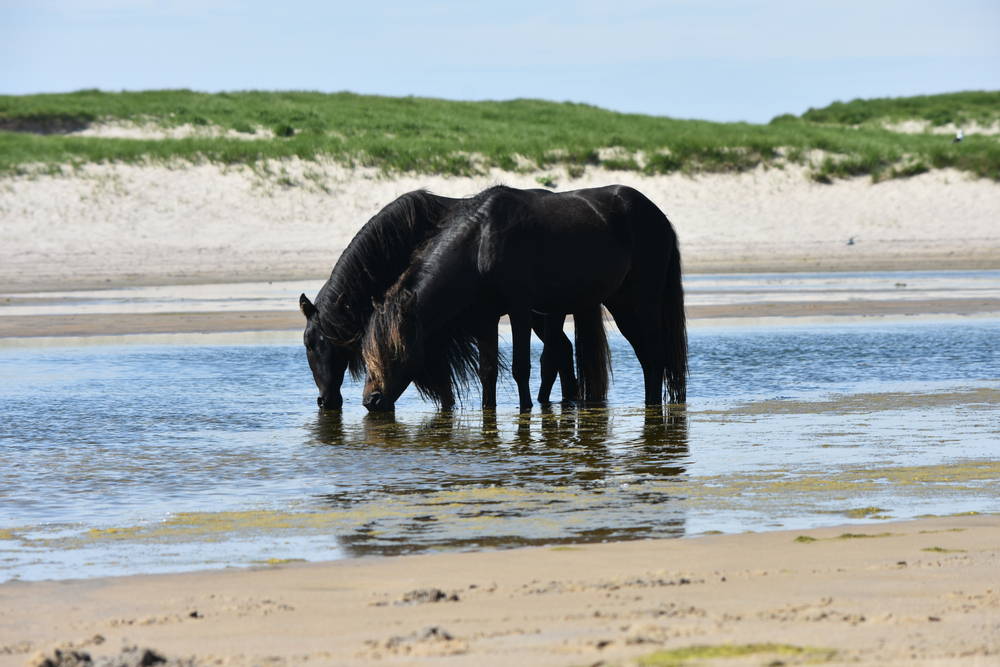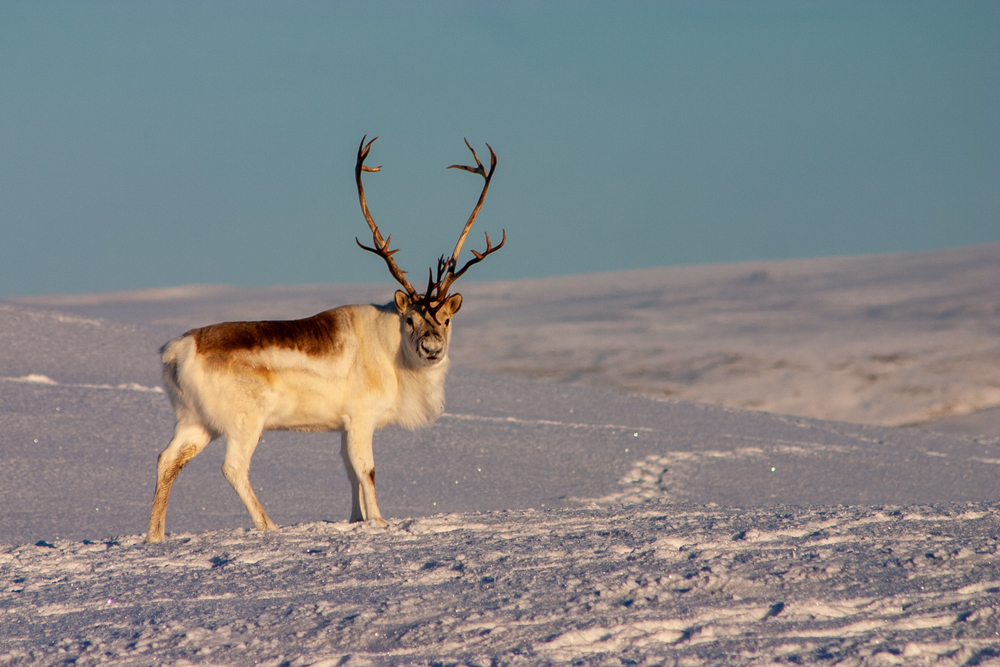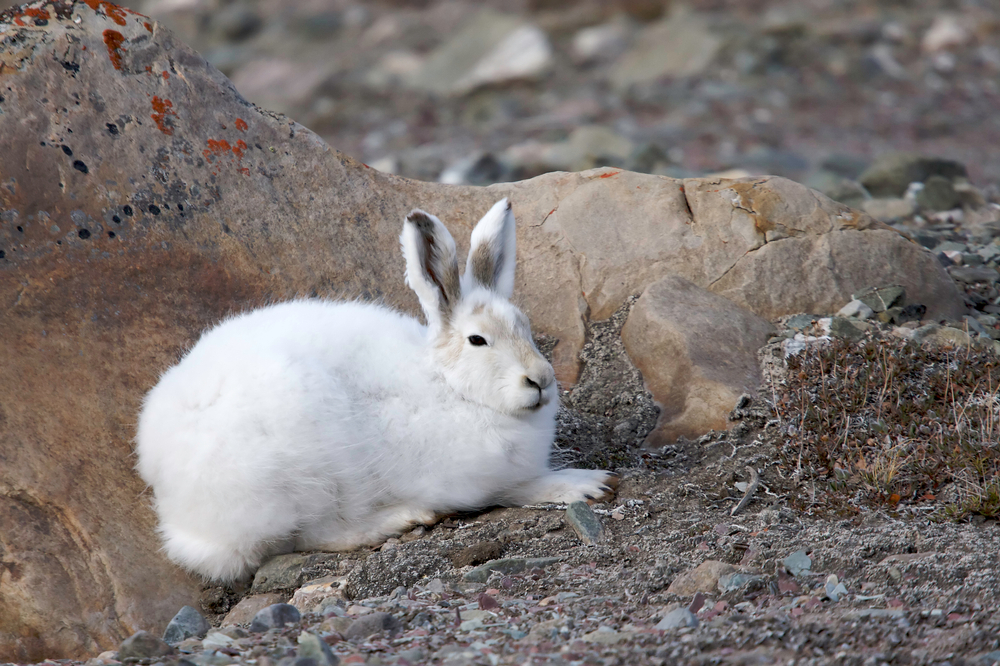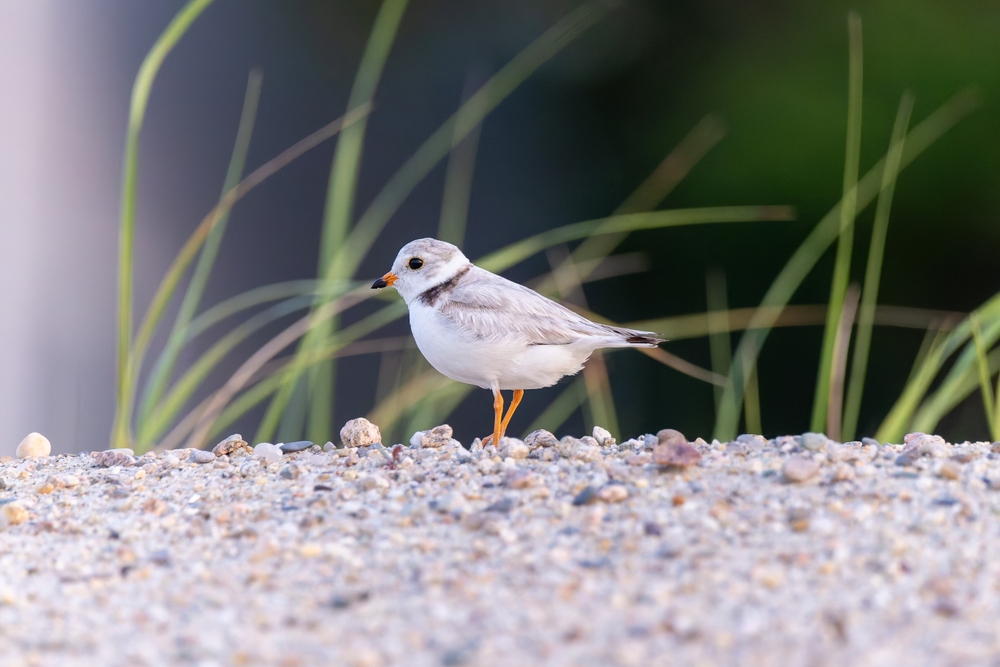Thousand Islands Overview
Thousand Islands National Park, known in French as Parc national des Mille-Îles, is a small yet ecologically significant protected area in southeastern Ontario, Canada. Covering approximately 9 square miles (23 square kilometers), the park is located along the St. Lawrence River, near the U.S.-Canada border.
It is part of the larger Thousand Islands region, a scenic archipelago consisting of over 1,800 islands stretching between Ontario and New York State. Established in 1904, it is one of Canada’s oldest national parks and is managed by Parks Canada.
The park’s unique geography, shaped by ancient glacial activity, features a mix of rugged granite islands, towering pine forests, and rich wetlands that provide a diverse range of habitats for flora and fauna.
The park’s landscape is characterized by rocky shorelines, dense woodlands, and numerous waterways that weave through the islands. The granite formations, remnants of the Canadian Shield, create a striking contrast against the vibrant greens of mixed forests dominated by white pine, oak, and maple trees.
Wetlands and marshes add to the park’s ecological diversity, supporting a variety of plant species, including rare orchids and water lilies. The presence of shallow bays and aquatic vegetation makes this region particularly important for fish and amphibian populations.
The St. Lawrence River itself, a defining feature of the park, offers clear waters and strong currents, with deep channels that have played a significant role in the area’s history as a transportation route for Indigenous peoples and European settlers.
Thousand Islands National Park is home to a rich array of wildlife, making it a haven for nature enthusiasts. Among the notable mammals that inhabit the park are white-tailed deer, red foxes, beavers, and river otters. The park is also known for its reptile and amphibian populations, including the rare Blanding’s turtle and the northern map turtle, both of which rely on the park’s wetlands for survival.
Birdwatchers will find the park particularly rewarding, as it supports a variety of species such as ospreys, great blue herons, bald eagles, and common loons. During migration seasons, songbirds and waterfowl pass through the region in significant numbers, adding to the park’s appeal for birding enthusiasts.
A popular destination for outdoor recreation, Thousand Islands National Park offers a variety of ways for visitors to engage with its stunning natural surroundings. Boating and kayaking are among the most popular activities, as the park’s numerous islands and waterways provide endless opportunities for exploration.
Paddlers can navigate through channels and around islands, encountering scenic shorelines and abundant wildlife along the way. Hiking trails on the mainland portion of the park, such as the trails at Mallorytown Landing, offer opportunities to explore the diverse landscapes on foot.
For those interested in camping, the park provides both traditional campsites and oTENTik accommodations—semi-permanent structures that offer a comfortable alternative to tent camping. Fishing is another popular pastime, with the waters of the St. Lawrence River teeming with species such as northern pike, bass, and muskellunge.
Conservation efforts in Thousand Islands National Park focus on preserving its fragile ecosystems and protecting species at risk. The park plays a key role in habitat restoration, particularly for reptiles, amphibians, and shoreline vegetation.
Invasive species management is an ongoing challenge, with efforts aimed at controlling non-native plants and aquatic invaders that threaten the region’s biodiversity. Despite these challenges, the park has seen successes in conservation, including the protection of critical turtle nesting sites and the reintroduction of native plant species.
Through careful management and visitor education, Thousand Islands National Park continues to serve as a vital sanctuary for wildlife while offering a remarkable natural experience for those who visit.








































































